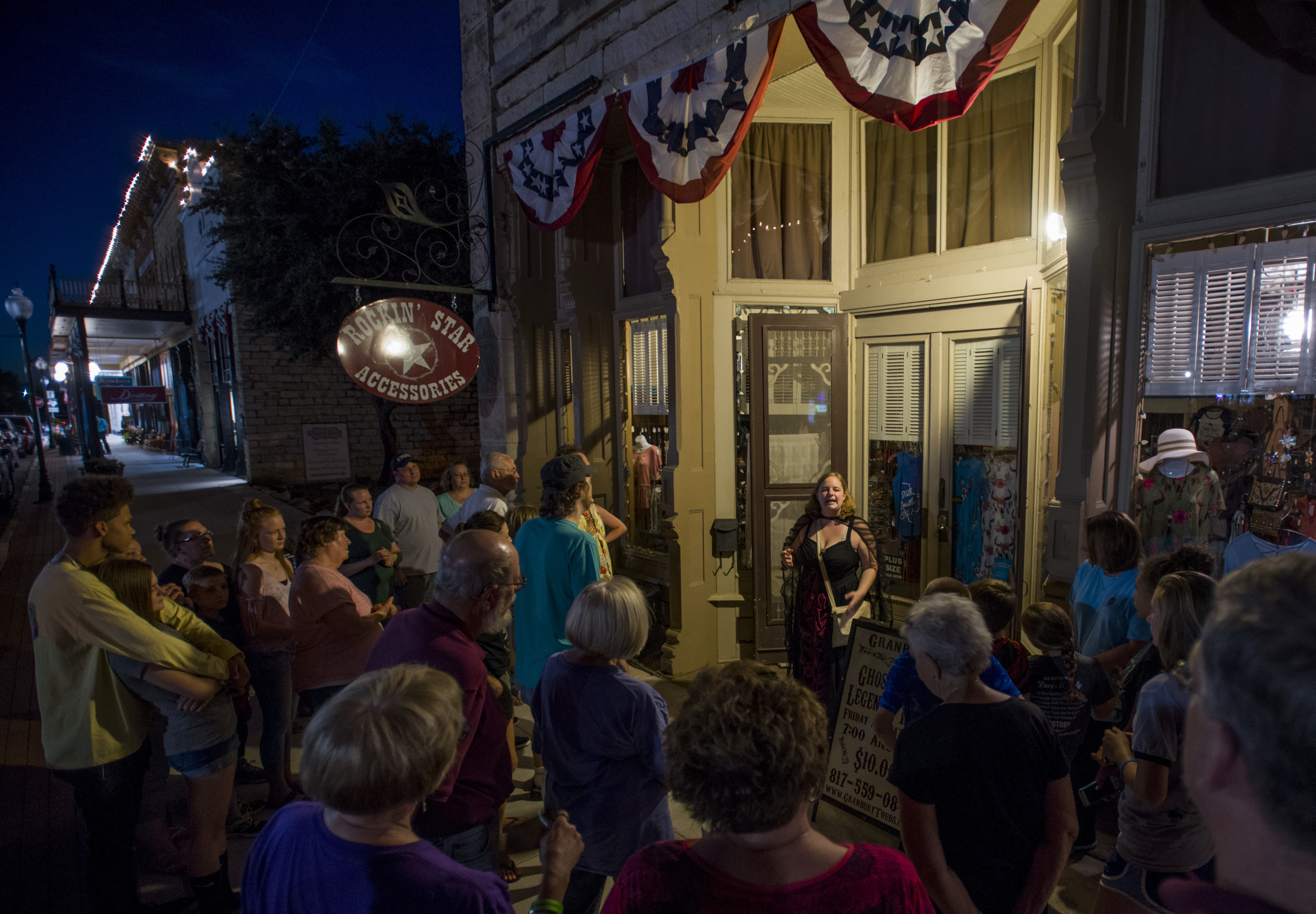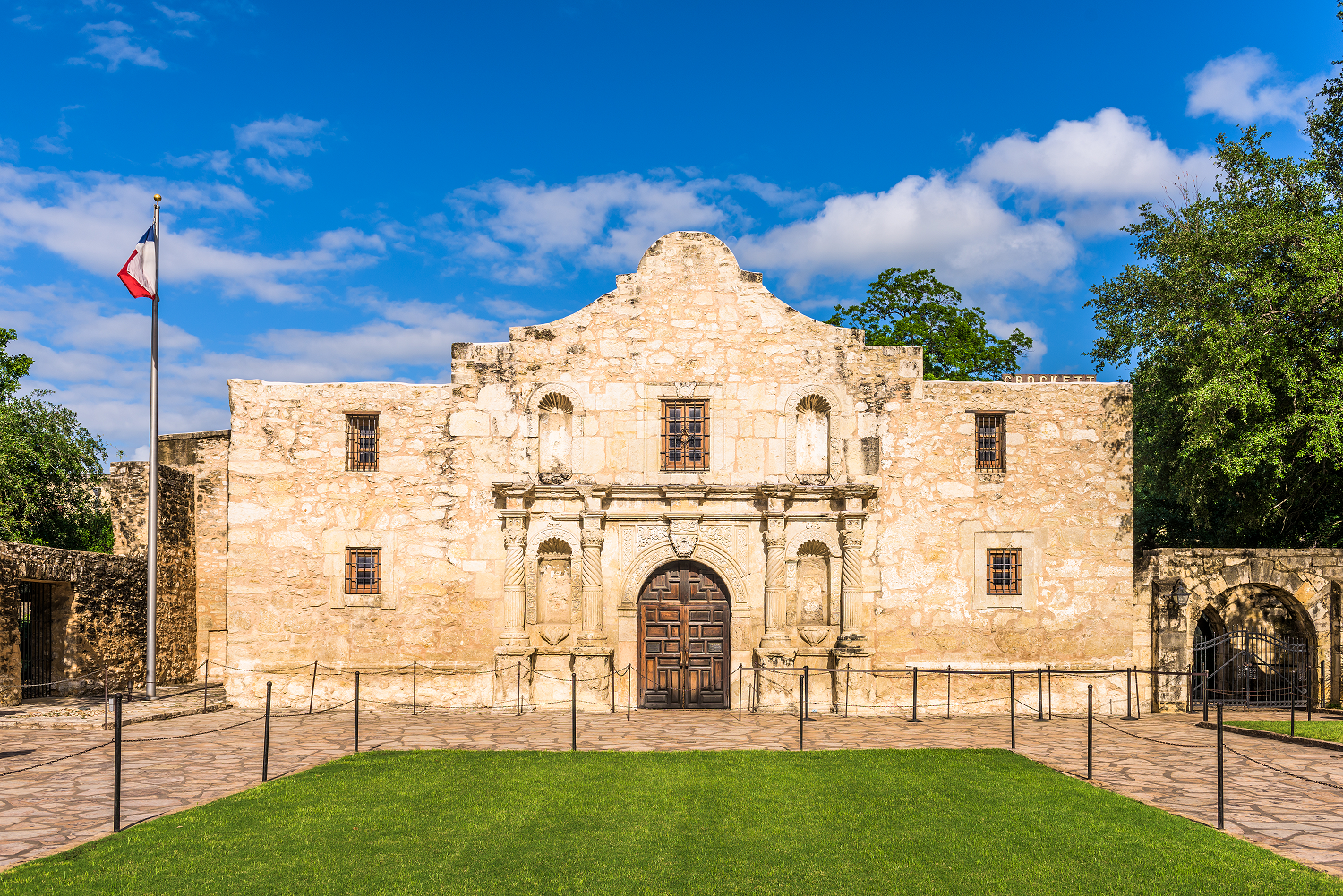Central Texas: Where History Walks and Spirits Still Sing
Central Texas: Where History Walks and Spirits Still Sing

Central Texas is a land of contrasts. Rolling hills give way to rugged canyons, and the scent of wildflowers mingles with the smell of cedar smoke. But beyond the beauty of the landscape lies a rich history, woven into the very fabric of the land. It’s a history shaped by the hands of Native American tribes who called this region home for centuries.
These tribes, with their distinct cultures, traditions, and languages, have left an indelible mark on the land and its people. From the stories etched in ancient rock art to the names of rivers and towns, their presence is felt even today.
Related Articles: Central Texas: Where History Walks and Spirits Still Sing
- Discover Uncharted Territories: Unveiling the Native American Heritage of Virginia
- Scottsdale’s Hidden Gems: Uncovering The Stories Of The Indian Tribes
- The Crow: A Montana Legacy That Still Soars
- Unveil the Hidden Treasures of Northeast Texas: Discover the Rich Legacy of Indian Tribes
- Uncover the Enchanting World of the Indian Reservation in Trinidad, Colorado
This article dives deep into the fascinating world of Native American tribes in Central Texas, exploring their unique stories, traditions, and struggles. We’ll take a journey through time, uncovering the diverse tapestry of cultures that once flourished in this region, and how their legacy continues to resonate in the present.
A Tapestry of Tribes: The Early Inhabitants of Central Texas
Before the arrival of European settlers, Central Texas was a vibrant mosaic of different Native American tribes. Each tribe had its own distinct language, customs, and way of life, adapted to the specific environment they inhabited.
The Tonkawa: Nomadic Warriors of the Plains
The Tonkawa, a nomadic tribe known for their fierce warrior spirit, roamed the plains and prairies of Central Texas. They were skilled hunters, relying on buffalo as a primary food source. Their language, distinct from any other in the region, was a testament to their unique identity.
The Comanche: Masters of the Horse
The Comanche, often called "Lords of the Plains," dominated the landscape of Central Texas. Their mastery of horsemanship and their fierce independence made them formidable adversaries. They were renowned for their intricate beadwork, elaborate headdresses, and their powerful social structure.
The Lipan Apache: Skilled Hunters and Warriors

The Lipan Apache, closely related to the Comanche, were known for their adaptability and resilience. They were skilled hunters, tracking and trapping animals with incredible precision. Their nomadic lifestyle allowed them to move freely across the vast plains, always seeking new hunting grounds.
The Caddo: Farmers and Traders of the East
The Caddo, a more sedentary tribe, inhabited the eastern regions of Central Texas. They were skilled farmers, cultivating corn, beans, and squash. They were also known for their intricate pottery and their extensive trade networks, connecting them to other tribes across the region.
The Karankawa: Coastal Dwellers and Skilled Fishermen
The Karankawa, a coastal tribe, inhabited the shores of the Gulf of Mexico. They were skilled fishermen and navigators, relying on the bounty of the sea for survival. Their language, distinct from any other in the region, was a testament to their unique cultural identity.
A Legacy of Resilience: The Impact of European Colonization
The arrival of European settlers in the 17th century marked a dramatic shift in the lives of Central Texas’s Native American tribes. Disease, displacement, and conflict threatened their very existence.
Disease and Displacement: The Devastating Impact of Colonization
European diseases, like smallpox and measles, decimated Native American populations. Lacking immunity to these diseases, tribes suffered devastating losses, weakening their ability to resist encroachment.
Conflict and Resistance: The Fight for Survival

As European settlers encroached on Native American lands, conflict became inevitable. The tribes fought bravely to defend their homes, but they were often outmatched by the superior firepower of the settlers.
The Trail of Tears: A Journey of Forced Removal
The Indian Removal Act of 1830 forced the relocation of many Native American tribes, including the Cherokee, to lands west of the Mississippi River. This forced migration, known as the Trail of Tears, resulted in immense suffering and loss of life.
A Legacy of Resilience: The Spirit of Survival
Despite the hardships they faced, Native American tribes in Central Texas persevered. They adapted to the changing landscape, finding new ways to survive and maintain their cultural traditions.
The Legacy of Native American Culture in Central Texas
The legacy of Native American tribes in Central Texas is woven into the very fabric of the region. From the names of rivers and towns to the traditions and customs of modern-day communities, their influence remains strong.
The Names of the Land: A Lasting Legacy
Many of the rivers, mountains, and towns in Central Texas bear Native American names. The Brazos River, the Colorado River, and the Guadalupe River, all named after Native American words, are a testament to the lasting impact of these tribes on the landscape.
The Spirit of the Land: Preserving Native American Traditions
Today, many Native American tribes in Central Texas are working to preserve their cultural heritage. They are sharing their stories, traditions, and languages with future generations, ensuring that their legacy lives on.
The Importance of Understanding Native American History
Understanding the history of Native American tribes in Central Texas is crucial for appreciating the rich cultural tapestry of the region. It’s a story of resilience, adaptation, and the enduring spirit of a people who have called this land home for centuries.
FAQ: Native American Tribes in Central Texas
Q: What Native American tribes lived in Central Texas?
A: Central Texas was home to several tribes, including the Tonkawa, Comanche, Lipan Apache, Caddo, and Karankawa.
Q: What languages did these tribes speak?
A: Each tribe had its own distinct language. The Tonkawa language was unique, while the Comanche and Lipan Apache languages were closely related. The Caddo language belonged to a larger linguistic family, and the Karankawa language was also distinct.
Q: What were the main cultural practices of these tribes?
A: The tribes had diverse cultural practices. The Tonkawa were nomadic hunters, the Comanche were skilled horsemen, the Lipan Apache were skilled hunters and warriors, the Caddo were farmers and traders, and the Karankawa were coastal dwellers and fishermen.
Q: How did European colonization impact these tribes?
A: European colonization had a devastating impact on Native American tribes in Central Texas. Disease, displacement, and conflict led to significant population decline and cultural disruption.
Q: What are some ways to learn more about Native American history in Central Texas?
A: There are several ways to learn more about Native American history in Central Texas. Visit museums, historical sites, and cultural centers. Attend events and workshops, and engage with Native American communities.
Conclusion: A Legacy of Strength and Resilience
The story of Native American tribes in Central Texas is a story of resilience, adaptation, and the enduring spirit of a people who have called this land home for centuries. Their legacy lives on in the names of rivers and towns, in the traditions and customs of modern-day communities, and in the spirit of the land itself. It is a story that deserves to be told, remembered, and celebrated.

Closure
Thus, we hope this article has provided valuable insights into Central Texas: Where History Walks and Spirits Still Sing. We appreciate your attention to our article. See you in our next article!
